Colour Pencil Drawing Flowers 🌸
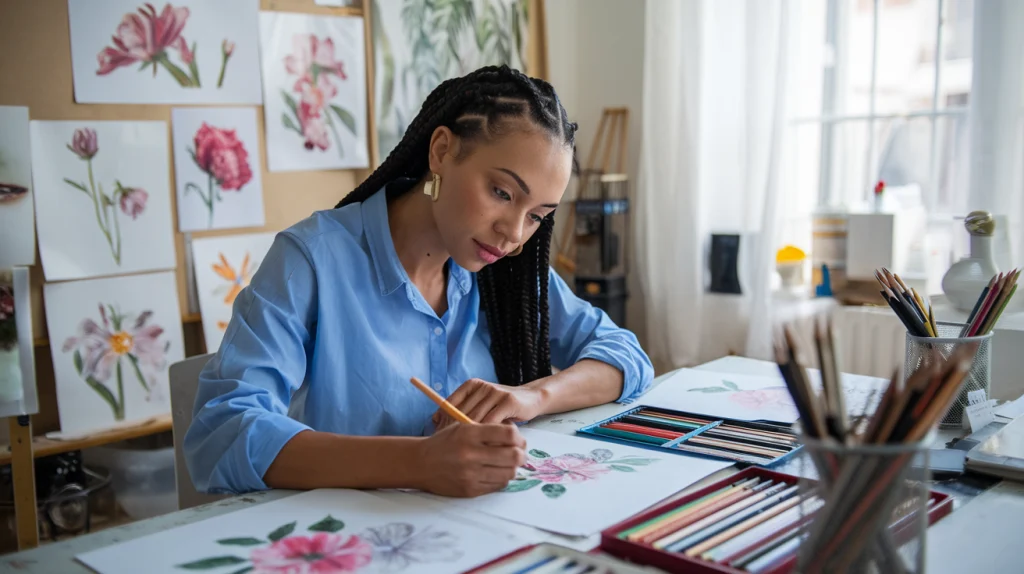
Flowers are vibrant, complex, and filled with natural beauty, making them an ideal subject for art students.
Using coloured pencils to capture the textures, delicate gradients, and intricate shapes of flowers is both rewarding and challenging, building key skills in colour layering, shading, and precision.
This tutorial will guide you step-by-step, from choosing the right coloured pencils to learning about the best flowers for beginners and mastering techniques used by professional artists.
Key Takeaways
- Choosing the Right Colour Pencils: Understanding the top brands and types can dramatically affect your results.
- Easiest Flowers to Draw: Start simple with beginner-friendly flowers that allow you to hone foundational skills.
- Inspiration from the Masters: Study the work of professional artists who excel in coloured pencil realism to learn advanced techniques.
- Step-by-Step Approach: Follow structured steps to select pencils, draw easy floral shapes, and add realism with layering techniques.
Table of Contents
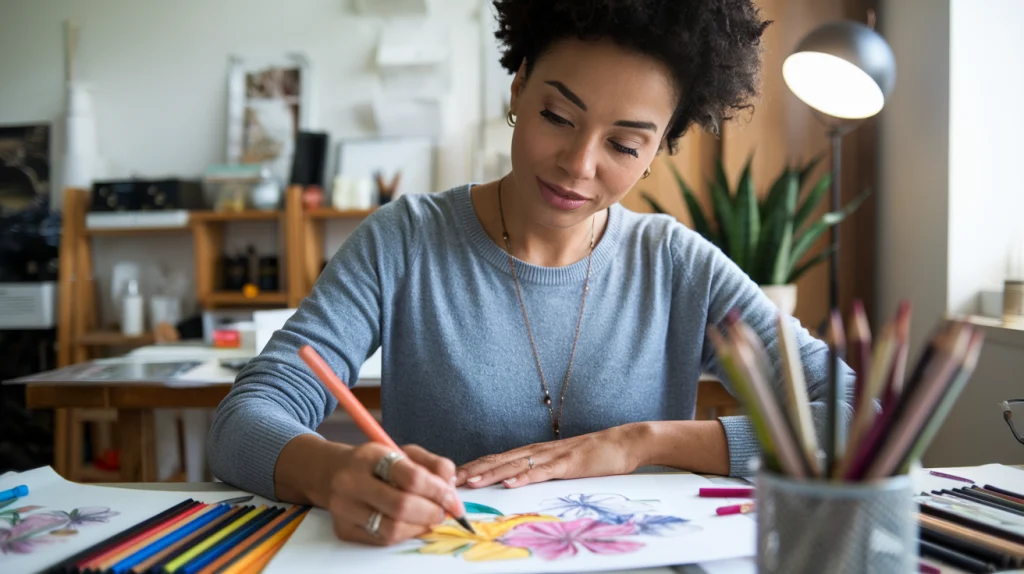
Step 1: Choosing the Right Colour Pencils 🖍️
The quality of your colour pencils significantly impacts the outcome of your artwork. When drawing flowers, precision, rich pigments, and the ability to layer colours smoothly are critical.
Here are some top recommendations based on quality and usability:
Best Colour Pencil Brands for Flower Drawing
- Prismacolor Premier: Known for their creamy, blendable pigments, Prismacolor pencils are ideal for artists who want vibrant colours and smooth layering. Their softness allows for easy shading but requires gentle handling to avoid breakage.
- Faber-Castell Polychromos: These oil-based pencils are perfect for creating fine details, a must for capturing flower textures. They offer excellent lightfastness (colour longevity) and are durable, making them a great choice for more experienced artists.
- Caran d’Ache Luminance: Famous for professional-grade lightfastness, these pencils offer rich, creamy pigments that glide effortlessly. Although pricier, they’re ideal for artists committed to archival quality and vibrant floral artwork.
- Derwent Coloursoft: Known for being softer and more affordable, Derwent Coloursoft pencils are a good option for beginners. They’re easy to blend and work well for basic flower drawings.
Tips for Picking Your Set
If you’re just starting out, opt for a smaller set of 24 pencils, which gives a good range of colours for flowers without overwhelming you. As you progress, consider expanding to larger sets or adding colours that align with the specific flower species you aim to draw.
Step 2: Beginner-Friendly Flowers to Draw 🌼
When starting with flower drawings, choose flowers with simple shapes and minimal layers.
This allows you to practice shading and blending without getting overwhelmed by intricate details.
Easy Flower Types for Beginners
Daisy
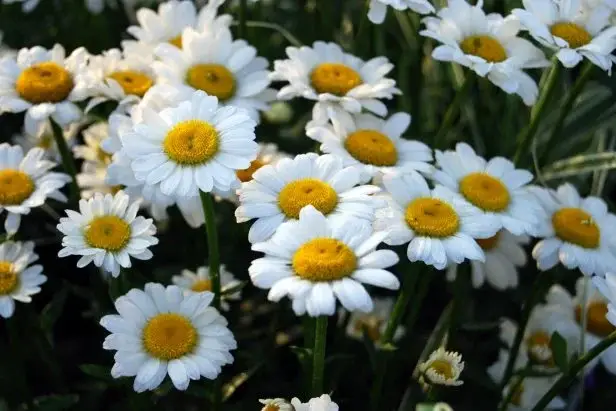
With a basic circular center and simple petals, daisies are perfect for practicing proportion and symmetry.
Start by drawing a small circle in the center and add elongated oval petals around it.
Sunflower
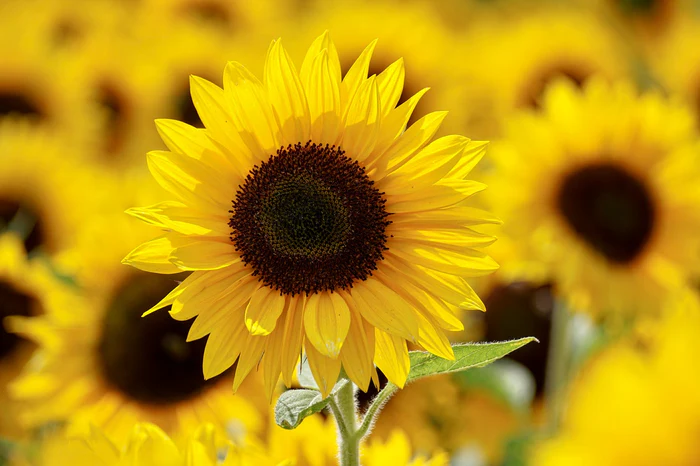
Sunflowers are excellent for working with yellows and browns. Draw a larger circular center, then add slightly overlapping petal shapes for a vibrant, layered look.
Crocus
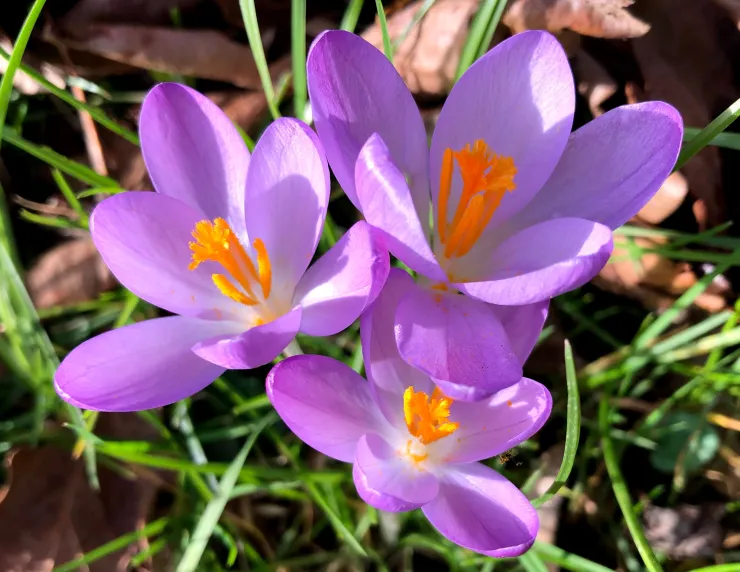
These flowers have distinctive petal shapes and vibrant colors, providing an opportunity to practice color blending.
They’re simple but effective for adding realism with gradient shading .
Rose
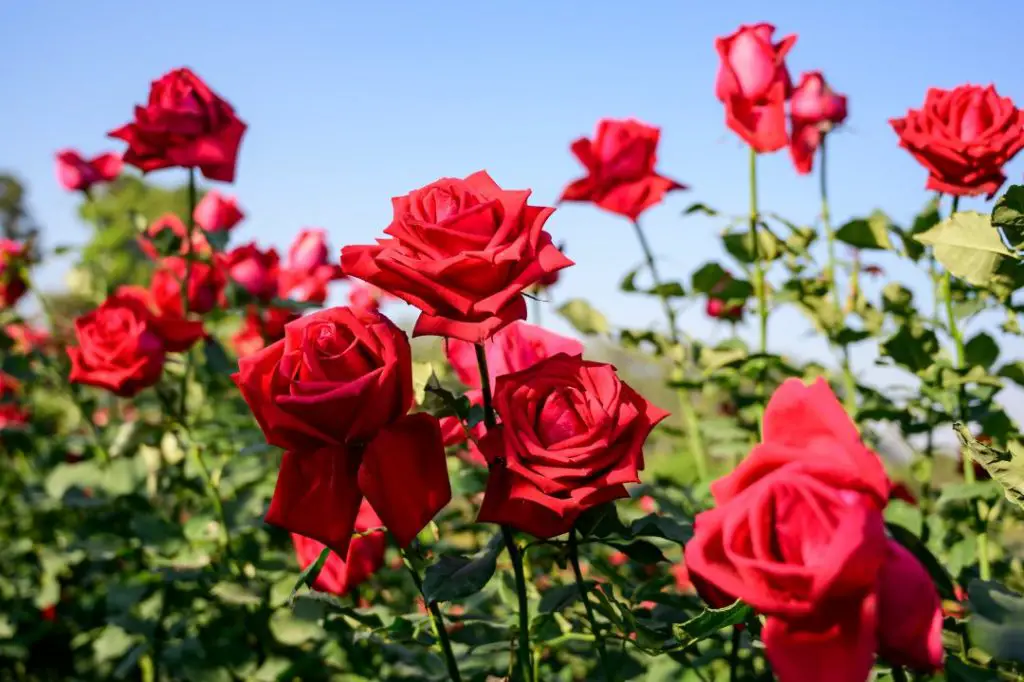
Start with a rosebud or a simple side view to get the hang of drawing curled petals. This practice can be helpful before advancing to more detailed, full roses.
Step-by-Step Guide for Drawing a Basic Flower Shape
- Start with a Light Outline: Use an H or HB pencil to sketch a soft outline of your flower’s shape. Keep your lines light to easily adjust proportions if needed.
- Define the Petals: Outline the petals’ shapes and direction, paying attention to overlaps.
- Add Depth and Layers: Use darker tones of your chosen colour to shade in areas where petals overlap or curl. This gives a three-dimensional effect, even in simple flowers.
Step 3: Techniques for Colour Pencil Flower Drawing 🎨
Once you’re comfortable with basic shapes, you can move on to techniques that add realism to your flower drawings.
Layering and Blending Colours
- Base Layer: Start with a light layer of your base colour, gently shading the petals and leaves. Keep your strokes even and avoid pressing too hard.
- Add Mid-Tones: Choose a medium shade to begin building depth. Apply this layer where petals curve inward or where shadows naturally fall.
- Highlight and Darken: Use darker shades for shadows and lighter tones or a white pencil to add highlights. This creates a more dynamic, lifelike look.
- Burnishing (Optional): For a polished, smooth finish, apply heavier pressure with a light pencil over your completed layers. This can be especially useful for smooth petals like those of tulips and lilies.
Techniques for Detailed Petals and Textures
- Cross-Hatching: This technique is useful for drawing textured petals. Start with a base layer, then lightly cross-hatch areas where you want visible texture.
- Feathering: Ideal for soft edges, especially on petals, feathering allows for a gentle blend of colours by using light, sweeping strokes.
- Glazing: After laying down your main colours, apply a translucent layer of a different colour to add depth or adjust the overall tone.
Step 4: Studying the Masters
Learning from accomplished artists can give you insight into advanced techniques and inspire your own approach.
Here are a few masters of coloured pencil flower art whose work demonstrates incredible realism and skill:
Cecile Baird
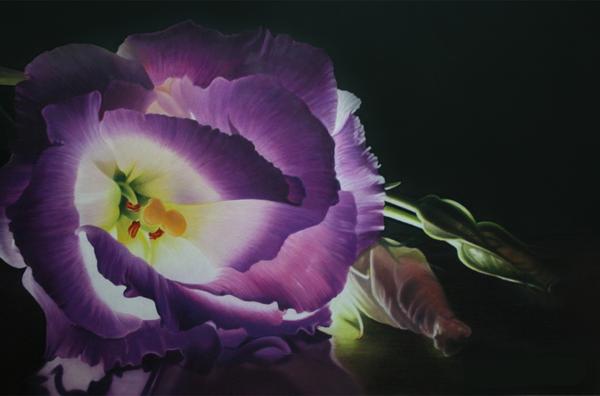
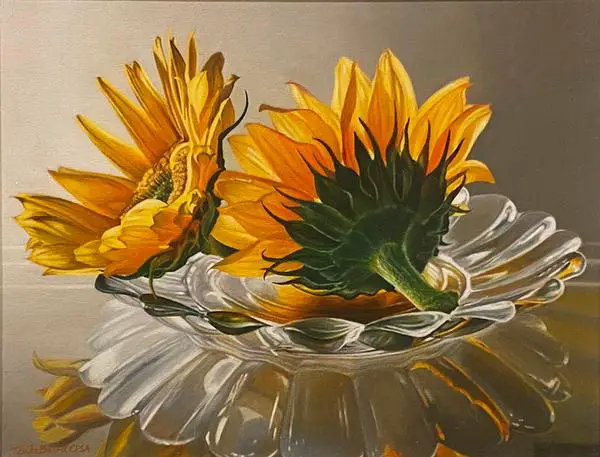
Known for her contemporary realism, Baird’s flower pieces are detailed and vibrant.
She uses layered shading and light manipulation to give flowers a lifelike, almost ethereal quality .
John Stansfield
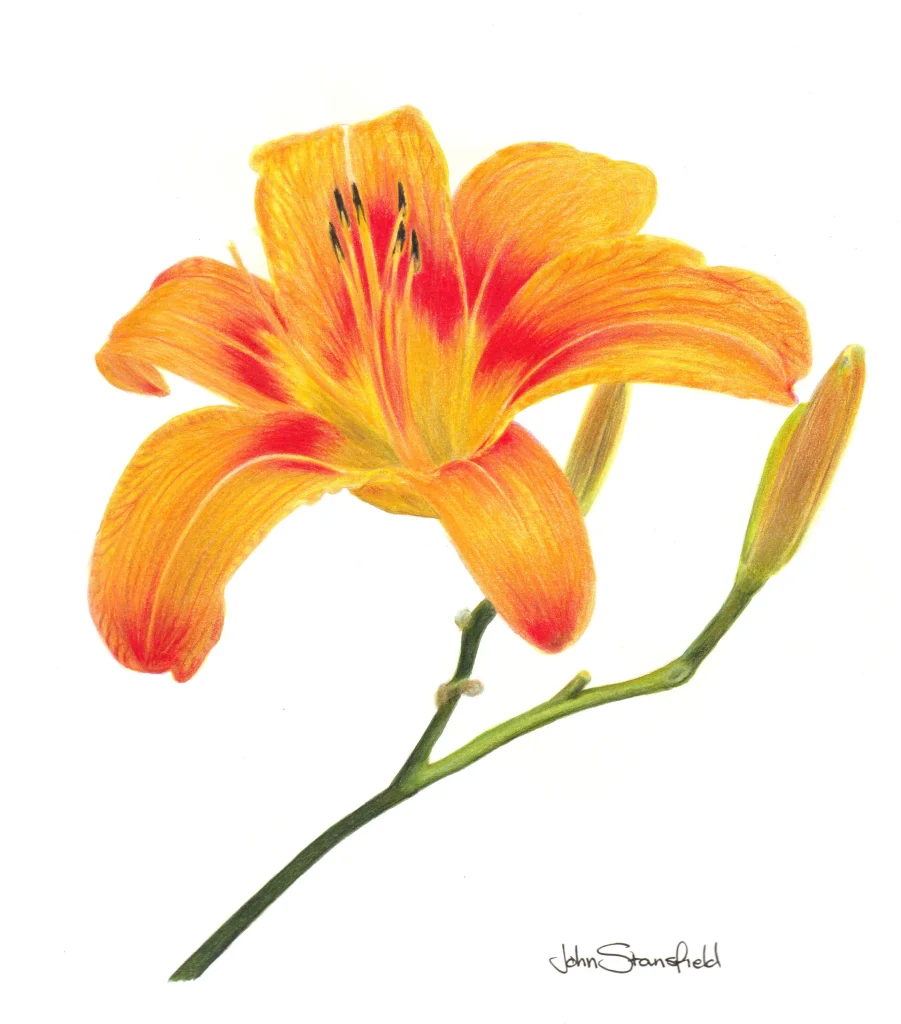
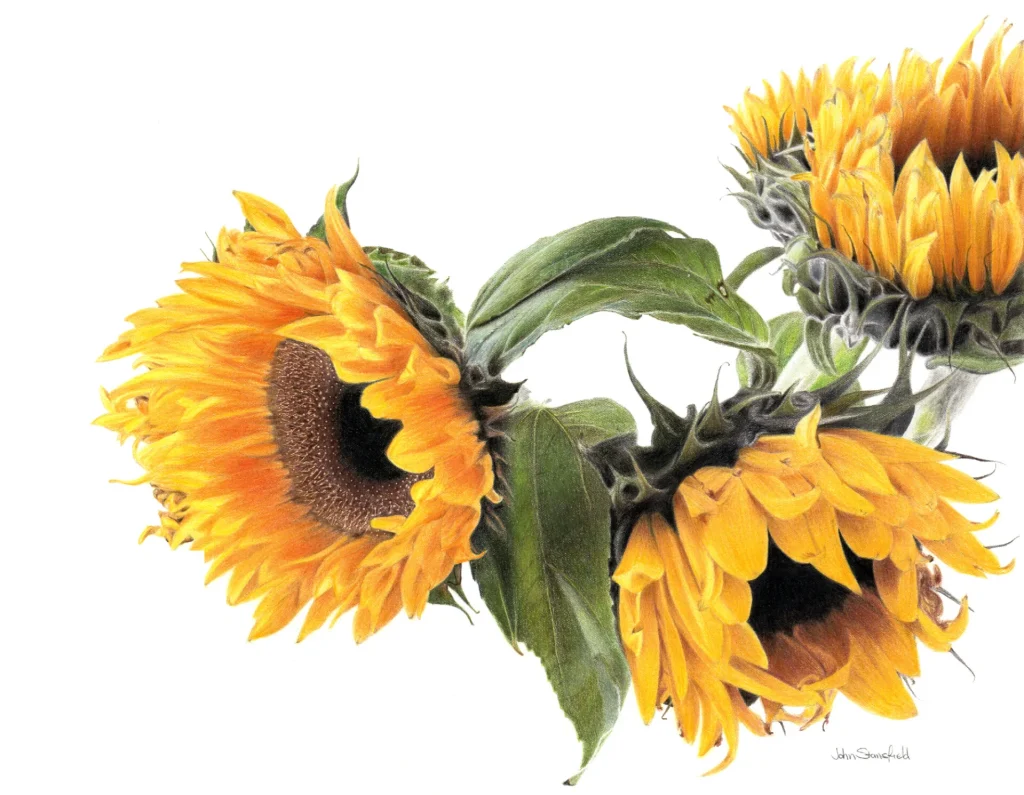
As a self-taught artist, Stansfield’s coloured pencil work captures fine details in floral subjects, blending subtle colours to create soft, realistic flowers .
Step 5: Putting It All Together 🌹
Now that you’ve chosen your pencils, practiced drawing simple flowers, and studied techniques, it’s time to complete a flower drawing with a step-by-step approach:
- Sketch the Flower Outline: Lightly draw the shape, focusing on petal arrangement and size.
- Base Colour Layer: Start with a soft layer of colour on each petal, matching the flower’s actual hue.
- Layer Mid-Tones and Shadows: Add depth by layering mid-tones where petals overlap or where light naturally creates shadows.
- Refine Details: Use darker colours to define edges, add petal veins, or create subtle gradients.
- Burnish for Realism: For a smooth, photo-realistic look, lightly burnish the petals to blend colours seamlessly.
Conclusion: Growing Your Skills with Every Flower 🌺
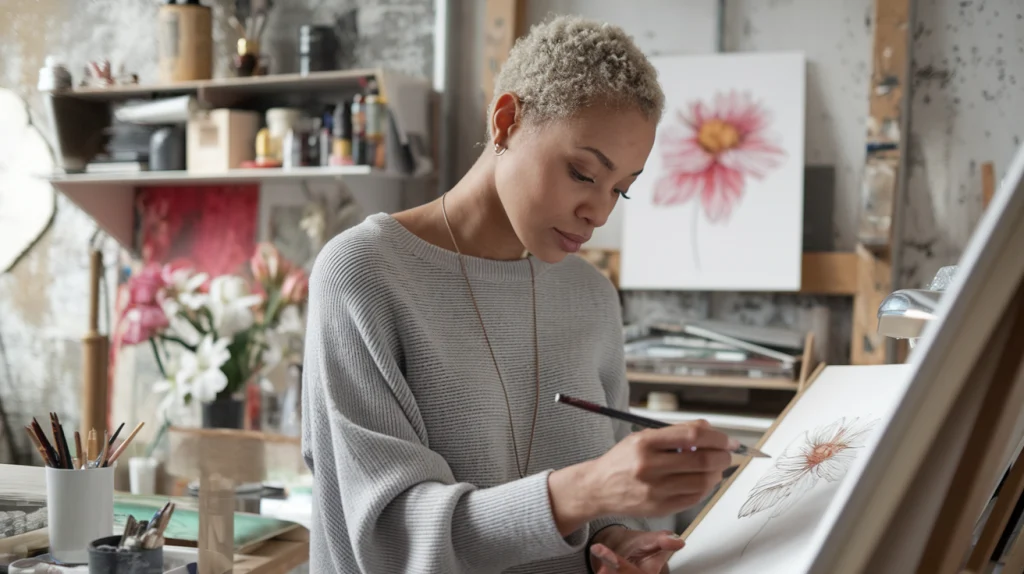
Drawing flowers with coloured pencils is a journey of patience, precision, and joy.
Start with basic flowers, learn to master layering and shading techniques, and always find inspiration from artists who have perfected this delicate art form.
With time, you’ll see your flowers bloom into vibrant, lifelike representations of nature’s beauty.
Final Tips
- Practice Regularly: Building muscle memory and a keen eye for colour contrast takes time. Draw as often as you can.
- Experiment with Techniques: Try out different methods like burnishing or cross-hatching to discover your unique style.
- Stay Inspired: Keep a small portfolio of reference photos or illustrations from artists you admire, so you can study new techniques or colour schemes whenever you need inspiration.
🌐 References
- managedartwork.com. (n.d.). Sunflower Splendor | Cecile Baird | M. A. Doran Gallery. Copyright 2024 madorangallery.com. https://madorangallery.com/artwork/14214-sunflower-splendor?artistsid=644
- John Stansfield Art. (n.d.). Portfolio | John Stansfield Art. https://www.johnstansfield.co.uk/portfolio
- https://www.hgtv.com/outdoors/flowers-and-plants/daisy-flower-types-of-daisies
- Admin, F. (2020, August 19). Amazing Facts about Sunflowers – Floraly. Floraly. https://www.floraly.com.au/blogs/news/sunflowers
- Karendawnandrews. (2021, March 7). Spring Crocus. Botany Karen. https://botanykaren.net/2021/03/07/spring-crocus/
- https://bouqs.com/blog/types-of-roses/
- Becoming a professional artist with coloured pencils. (n.d.). annkullberg.com. https://annkullberg.com/blogs/ann-muses/becoming-a-professional-artist-with-coloured-pencils
- Karencomics. (2014, March 2). Technique-of-the-Week — Coloured Pencil flower. Karen Gillmore Art. https://karengillmoreart.com/2014/03/01/technique-of-the-week-coloured-pencil-flower/
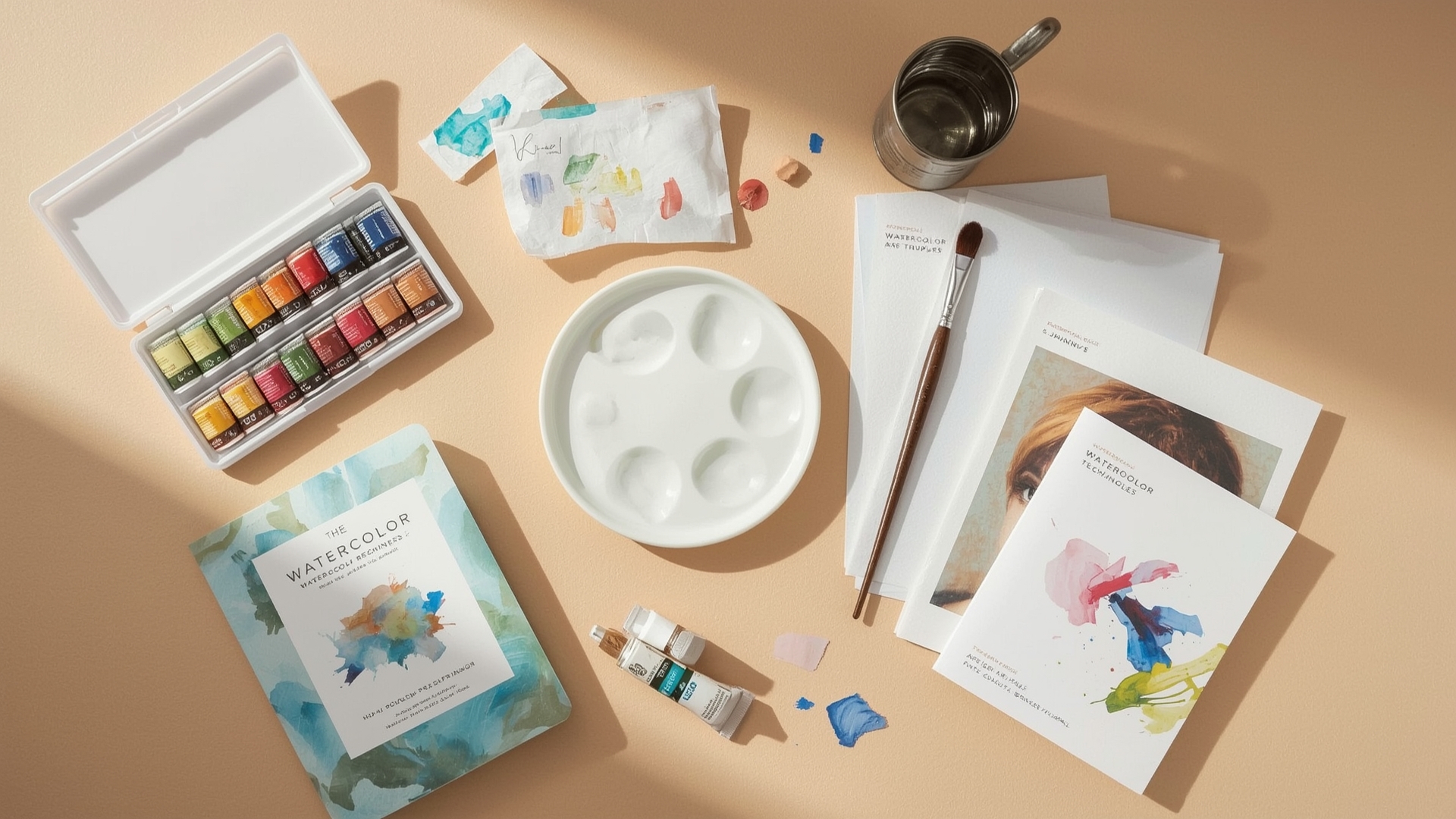

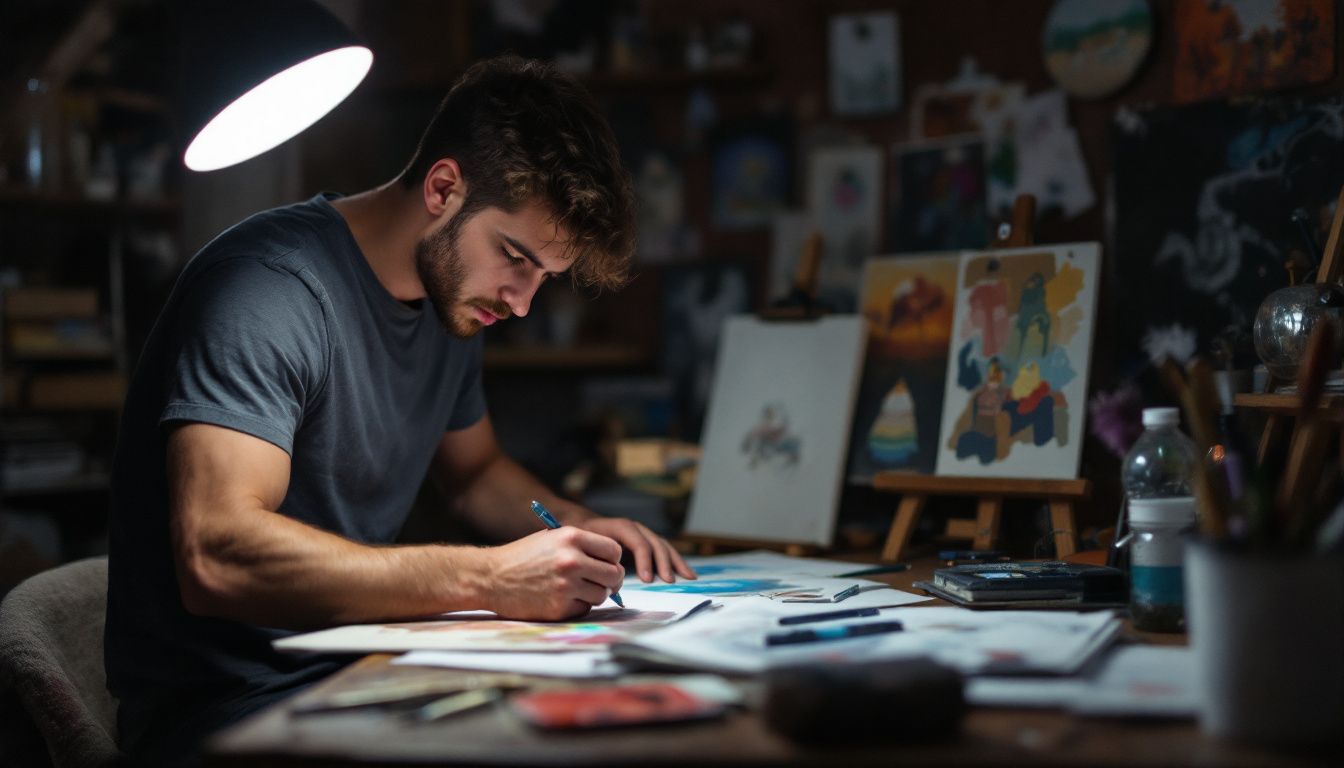
Leave a Reply